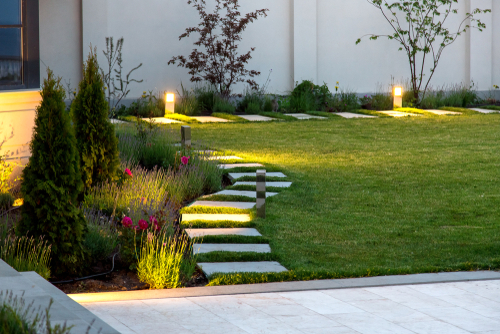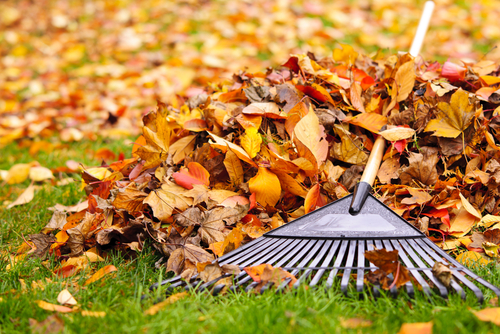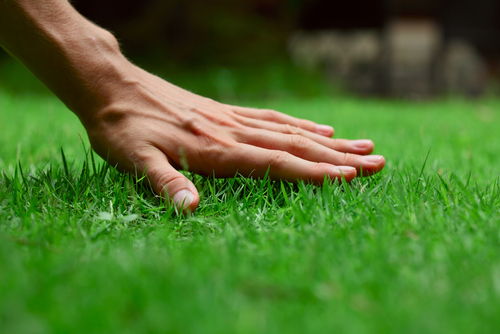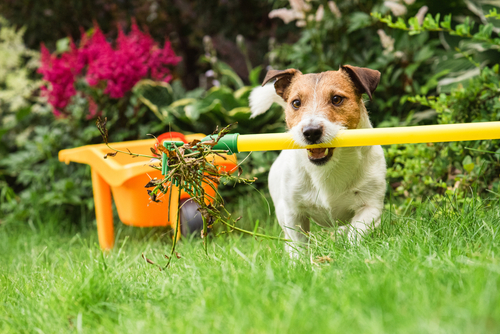
The Importance of Mulching in Garden Maintenance
June 26, 2024
How to Improve Poor Soil Conditions for Better Plant Growth
July 25, 2024How to Design a Pet-Friendly Garden

How to Design a Pet-Friendly Garden
How to Design a Pet-Friendly Garden? A pet-friendly garden is an essential aspect of creating a harmonious and enjoyable outdoor space for both pets and their owners.
By designing a garden that caters to the needs of pets, you can ensure safe play areas, promote pet health, and maintain a beautiful and functional environment.
This article aims to provide a comprehensive guide on how to design a garden that is safe and enjoyable for pets.
Assessing Your Garden Space
Before starting the design process, it is crucial to assess the available garden space. Measure the area to understand its dimensions and take note of existing plants and structures.
Identify potential hazards such as sharp objects, toxic plants, or unstable structures that could pose a risk to your pets.
Each pet has unique needs based on their size, activity level, and preferences. Consider factors such as space for running, areas for digging, and climbing structures.
Ensure that your design accommodates these needs to create a comfortable and stimulating environment for your pets.
Choosing Pet-Safe Plants
Many common garden plants are toxic to pets and can cause serious health issues if ingested.
Avoid planting toxic species such as lilies, azaleas, oleander, and sago palm. Research and compile a list of plants that are safe for your pets to ensure their well-being.
Choose pet-safe plant options that are non-toxic and resilient. Examples of pet-friendly plants include rosemary, marigolds, snapdragons, and bamboo.
These plants not only enhance the garden’s beauty but also provide a safe environment for your pets.
Design a balanced plant layout that ensures pet safety while maintaining the garden’s aesthetic appeal.
Place toxic plants out of reach or use raised beds and barriers to protect sensitive plants from curious pets. This approach helps create a harmonious and safe garden space.
Designing Pet-Friendly Features

Creating Play Areas
Designate specific play areas for your pets to keep them active and entertained. Use durable ground covers that can withstand wear and tear, and install pet toys and agility equipment to encourage physical activity. Ensure there is ample space for running and playing.
Incorporating Shaded Spots
Provide shaded areas to protect your pets from the sun, especially during hot weather. Plant trees or install shade cloths and covered patios to create cool, shaded spots where pets can rest and stay comfortable.
Adding Water Features
Water features such as shallow ponds or fountains can enhance the garden’s appeal and provide a refreshing spot for pets. Ensure these features are shallow and easily accessible, and maintain clean and fresh water to prevent health issues.
Ensuring Safety and Security
Fencing and Barriers
Secure fencing is essential to keep pets safe within the garden. Choose the right height for the fence to prevent pets from jumping over, ensure there are no gaps, and use pet-safe materials to build a durable barrier.
Safe Pathways
Design safe and comfortable pathways for pets to navigate the garden. Use non-toxic, slip-resistant materials to create smooth surfaces that are gentle on paws and avoid sharp edges that could cause injury.
Avoiding Hazards
Identify and eliminate common garden hazards such as sharp tools, chemicals, and thorny plants. Store gardening tools securely and use pet-safe products to create a hazard-free environment for your pets.
Maintaining a Clean and Healthy Environment

Proper waste management is crucial for maintaining a clean and healthy pet-friendly garden. Use pet waste stations and regularly clean play areas to prevent the buildup of waste. Consider composting pet waste safely to reduce environmental impact.
Use safe pest control methods to protect your garden and pets. Opt for pet-safe insecticides, encourage natural predators, and eliminate standing water to prevent mosquito breeding.
Regularly inspect the garden for pests and take appropriate measures to control them.
Regular garden maintenance is essential to keep the environment clean and safe. Inspect the garden for hazards, trim plants to prevent overgrowth, and ensure the garden is tidy and well-maintained.
Creating Pet-Friendly Pathways and Surfaces
Select pet-friendly materials for pathways that are comfortable and safe. Soft grass, mulch, and smooth stones are excellent options that provide a pleasant walking surface for pets.
Ensure that the pathways are even and free from sharp edges. Avoid hot surfaces that can burn paws, and use non-toxic materials to create a safe environment for your pets.
For pets that enjoy digging, designate specific digging zones. Create sandpits or use loose soil areas to provide a space where pets can dig freely without damaging the rest of the garden. Training pets to use these zones can help manage their digging behavior.
Enhancing Garden Aesthetics
Balancing Functionality and Beauty
Achieve a balance between the functional needs of pets and the aesthetic appeal of the garden. Integrate pet features seamlessly into the design by using attractive fencing and complementary plants to create a cohesive look.
Using Decorative Elements
Incorporate decorative elements that are safe for pets, such as pet-safe sculptures, water features, and colorful pet toys. These elements add visual interest while ensuring the garden remains a safe space for pets.
Creating Visual Interest
Design a visually appealing garden by varying plant heights, using contrasting textures, and incorporating seasonal plants. Ensure that the design maintains pet safety and functionality while enhancing the overall aesthetic.
Encouraging Pet Interaction with Nature

Include interactive garden features to keep pets engaged and stimulated. Obstacle courses, sensory gardens, and play tunnels provide mental and physical stimulation, promoting overall well-being.
Enhance sensory stimulation for pets by planting fragrant herbs, rustling grasses, and adding tactile elements. These features engage pets’ senses and provide a rich and stimulating environment.
Train pets to interact with garden features using positive reinforcement and gradual introduction. Create a routine that encourages pets to explore and enjoy the garden while respecting boundaries.
Managing Garden and Pet Health
Maintain healthy plants and soil by using organic fertilizers and avoiding chemical treatments. Rotate plant species to prevent soil depletion and support diverse plant growth.
Monitor pet health and safety in the garden by conducting regular vet check-ups, watching for signs of plant toxicity, and ensuring fresh water availability. Keep an eye on pets’ behavior and address any health concerns promptly.
Establish a garden routine for pets that includes scheduled playtimes, regular garden checks, and consistent maintenance. A well-maintained routine helps ensure a safe and enjoyable environment for pets.
How to Design a Pet-Friendly Garden – Conclusion

Designing a pet-friendly garden involves careful planning and consideration of both the pets’ needs and the garden’s aesthetics.
By assessing the space, choosing safe plants, incorporating pet-friendly features, ensuring safety, and maintaining a clean environment, you can create a harmonious and functional garden that meets the needs of both pets and owners.
Implement these tips to enjoy the benefits of a pet-friendly garden, including improved pet health, safe play areas, and enhanced outdoor living!
Are you seeking professional and reliable landscaping services in Singapore? Contact us today!



